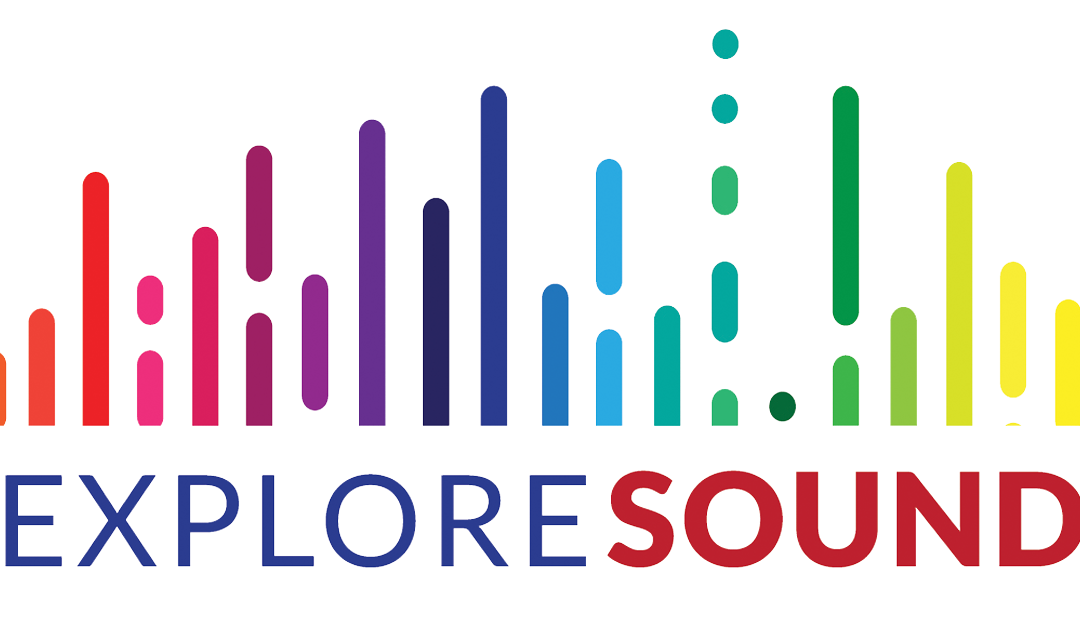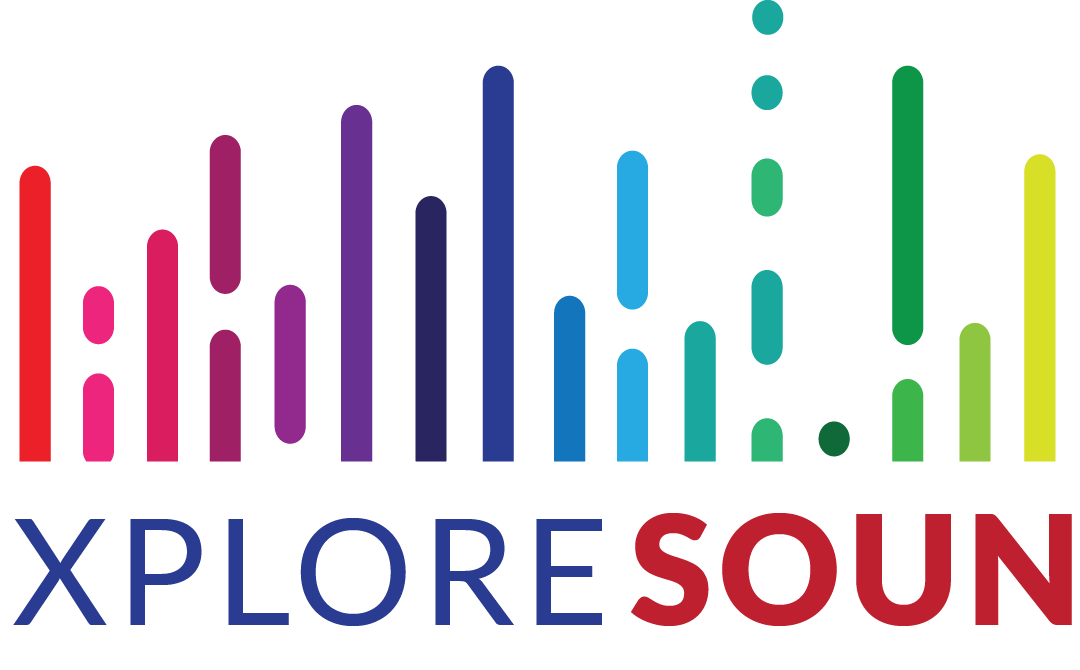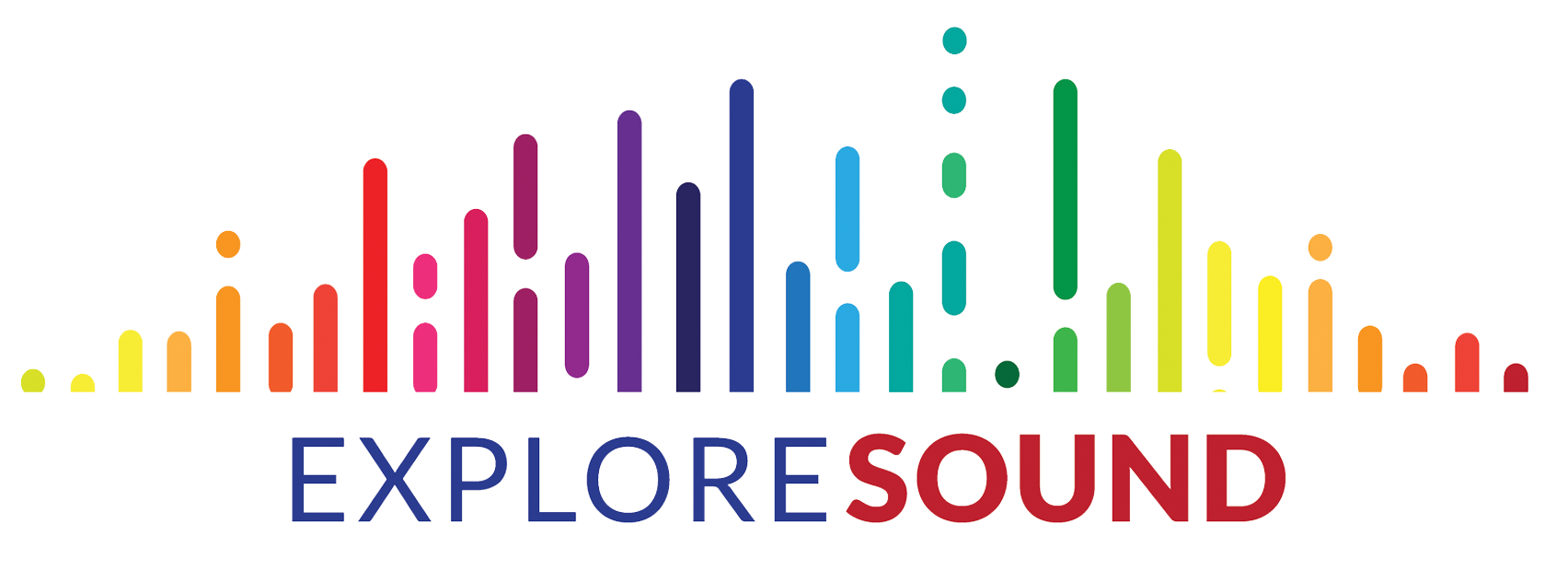
Musical Instruments part 2
Students experiment with various sound sources, including their voice and different musical instruments to gain an understanding of the connection between sound and vibration.

Musical Instruments part 1
Students experiment with various sound sources, including straw instruments and water bottles, to gain an understanding of the connection between sound and vibration. This lesson is designed for uses AFTER the Sound and Music introductory lesson.

Tuning Fork Discovery
Students study a brief history of sound, examine the role of tuning forks in this history and then conduct experiments with tuning forks.

Echolocation and SONAR: Outdoor Unit
Students explore the speed of sound by experiencing the delay for sound to reach them when they know a noise has been made.

How Dolphins Use Sound
This activity is a visual, class or group discussion version of the Echolocation and SONAR homework. The reading from that activity has been put into a visual power point with student questions placed at key points.

Sound and Music
Students explore the physics of sound, how the ear hears and how musical instruments work through interactive demonstrations and student activities.

Echolocation and SONAR: Indoor Unit
Students explore the idea of how it feels to use sound to locate objects.
Echolocation Wrap-Up
This activity brings together the hands-on activities done in indoor and outdoor echolocation units and helps students understand why and how echolocation works.
Echolocation and SONAR Quiz
Pre and Post quiz covering the learning goals from the echolocation activities.
Giant Acoustics Wordsearch
This word search uses 36 acoustics terms found in the lessons and will take a minimum of 2 hours to complete.
Sound Measures
Students use a sound level meter to measure, compare and graph sound levels in different environments.
How Loud is Too Loud?
Students create wheel that will show them various sound sources, the decibels produced by that sound, and allowable time they can be exposed to that level of sound.
Simple Harmonic Motion
Students investigate a spring, a pendulum and pasta w/raisins or marshmallows to determine if the period depends on length, amplitude and mass for each oscillator.

Sound Lab Concept Questions
Students go through concept question about the Sound Lab Unit

Sound Lab using Oscillator
Students investigate and interpret visual representations of sound.

Sound Wave Lab
Students use the “Sound” simulation from the PhET Interactive Simulations to understand how different sounds are modeled, described and produced.

Elephant Acoustics
This assignment consists of a series of conceptual questions about a website article on elephant acoustics encouraging the students to connect what they’ve learned about the physics of sound with how elephants hear and make sound.

Perception
This presentation includes more than an hour of slides which have a section on speech intelligibility and acoustician careers.

Spring to Another World
This lab iuses the PhET simulation Masses and Springs to investigate Hooke’s Law.
Waves and Harmonics
Waves and Harmonics

Intensity and Intensity Level
Students use sound level meters to investigate how sound level drops off with distance.

The Doppler Effect
Students experience the Doppler effect by watching videos and teacher demonstrations of how pitch changes followed up with a whole class discussion.
Speed of Sound Questions
Clicker questions to use as follow-up to the Traveling & Standing Waves lab.

Traveling and Standing Waves
Traveling and Standing Waves Beta Lesson

Investigating How Music is Made
Investigating How Music is Made

Anatomy of a Wave for High School Students
Students take on the roles of reporters and artists to draw and describe the nature of transverse waves. High school edition.

How Dolphins Use Sound: Elementary
Students learn about people and animals that use echolocation and how it works through video and discussion with their peers. Elementary Edition.

Loud Sounds Bookmarks
Students familiarize themselves with the idea that some sounds can be too loud.

Loud Sounds Coloring Sheets
Students familiarize themselves with how to protect their hearing.

Lower Elementary Speed of Sound
Students explore the speed of sound by experiencing the delay for sound to reach them when they know a noise has been made.

Fish Finding Game
Students explore the speed of sound by experiencing the delay for sound to reach them when they know a noise has been made.

Sound Not Sight
Students explore the idea of how it feels to use sound to locate objects and experiment with having to search for objects above and below them, not just side to side.

3D Location
Developed by W.K. Adams Students explore the idea of how it feels to use sound to locate objects and experiment with having to search for objects above and below them, not just side to side. It is necessary to have another activity for other students to do while one...
Good Vibrations
Interactive lessons demonstrating the connection between sound and vibrations.
